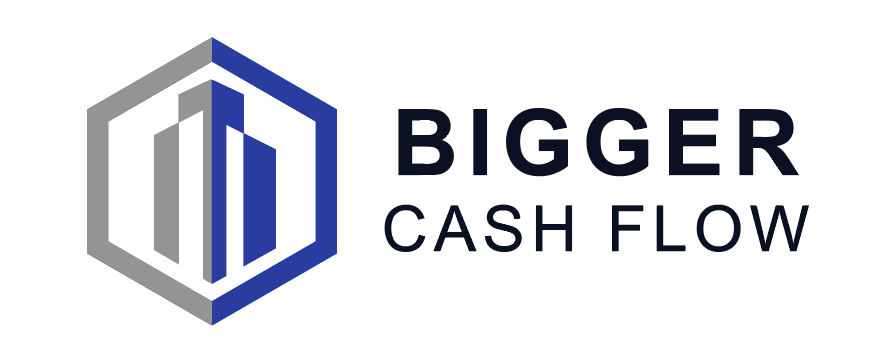Real Estate 030: Cash on Cash Return vs. Overall Return
/In my previous blog posts I discussed cash on cash return, debt service coverage ratio, net income and how these metrics are used by real estate investors to evaluate a potential acquisition and proforma over 5, 10, and maybe 30 years down the line. Other investors may look to buy all cash and consider comparing cap rates to make sure they are getting a healthy return when including other factors such as neighborhood class and type of property (e.g. single family rental vs duplex, etc.). While these metrics are valuable, they do not paint the entire picture, especially for savvy investors who are looking for value add opportunities.
By value add opportunities, I am talking about forcing appreciation on your deal by raising rents to market, rehabbing the property, and other things such as sub-metering individual units on a 2-4 unit and reducing your overall expenses. Value add opportunities allow investors to “force” appreciation in a short period of time.
To evaluate a value add deal, one must consider not only the cash flow, but appreciation, tax benefits, and loan paydown when financing your property. This is also known as the overall return. To calculate your overall return on a deal, you must add up the benefits realized in these profit centers and divide it by the number of years you held the property and total monies invested.
Lets view an example below:
Purchase price: $150,000
Cash all-in (Downpayment, repairs, closing costs): $45,000
Loan amount: $112,500 (75% LTV), 30 year fixed at 5% interest
Annual Cash Flow: $3,000
Lets say that after 10 years, you decide to sell the property for $250,000, which reflect a gain of $85,000 after selling/closing costs of $15,000.
Cash flow: 10 years * $3,000 = $30,000
Appreciation: $85,000
Tax Benefits: $1,000 * 10 years = $10,000 ($3,636 depreciation per year * 28% tax bracket = $1,000 per year savings)
Loan Paydown: $21,500 ($112,500 - $91,000 Balance after 10 years)
Total return over 10 years = $30,000 + $85,000 + $10,000 + $21,500 = $146,500
Overall ROI: $146,500 / 10 years / $45,000 = 32.55% return
In this example, this means that your average return during the 10 year holding period was 32.55%. By using this simple formula, you will be able to better understand your overall return on the deal and compare it to others in your lead generation pipeline when having to choose one over the other.
As always, please make sure you do your due diligence and talk to your CPA/Attorney/Financial Adviser before making any investment decision.
Good luck!

















